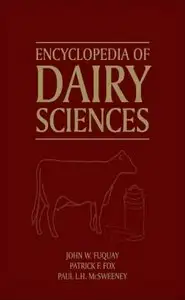
الكاتب: Multiple References
Thiamphenicol is a semi-synthetic structural analogue of chloramphenicol . The antibacterial spectrum of thiamphenicol is similar to that of chloramphenicol (Sutter & Finegold, 1976) with comparable minimum inhibitory concentration (MIC) values against bacteria such as Streptococcus faecalis, Pasteurella spp. and Brucella and lower MIC values against bacteria such as Neisseria meningitidis and Streptococcus viridans (Laplassotte & Brunaud, 1961 ; Van Beers et al., 1975) . Studies on thiamphenicol kinetics in a number of species (rat, dog, human and calf) show that it is well absorbed by the intramuscular (i .m.) and oral (p .o .) routes . The drug shows little tendency (5-10%) to bind to plasma proteins (Kawabe el al., 1966) . Data on the distribution in human tissues and body fluids indicate a high penetration of the drug into lung tissue, kidney, bile, etc . (Cambieri el al., 1970; Ferrari, 1984) . It undergoes some slight metabolism in liver and it is mainly excreted in unmetabolized form by the renal route (Nakagawa et al., 1975) . Thiamphenicol is considerably less toxic than chloramphenicol . Sideeffects reported in the literature are gastrointestinal (diarrhoea, nausea, pyrosis, vomiting) and cutaneous eruptions and haematological dyscrasias have also been reported, but the incidence is low and related to dosage and duration of treatment (Najean et al., 1981) .
تحميل كتاب Pharmacokinetics of thiamphenicol in veal calves ، كتاب Pharmacokinetics of thiamphenicol in veal calves pdf للتحميل المجاني ، تحميل كتب pdf، وكتب عربية للتحميل، تحميل روايات عربية ، تحميل روايات عالمية ، روايات pdf ، تحميل كتب Multiple References pdf ، تحميل جميع كتب ومؤلفات Multiple References ،و اقرأ مقالات مفيدة ، تذكر كل هذا وأكثر على مكتبة الكتب.




هذا المحتوى مخفي
جميع خدماتنا مجانية .. يرجى دعمنا والمشاركة علي إحدى مواقع التواصل الإجتماعي
أو انتظر 10 ثانية لظهور المحتوى